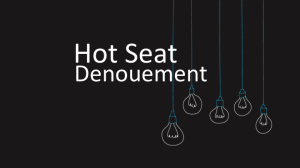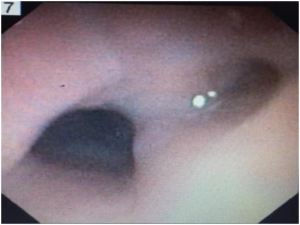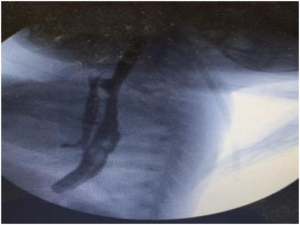Hot Seat #89 Denouement: 12mo with respiratory distress
Posted on: March 9, 2017, by : Evan Sherman
Jared Friedman MD, Inova Children’s Hospital
The Case
A 12mo M is found to have a button battery lodged in his esophagus. This case focused on managing a decompensating respiratory patient.
Here’s How You Answered Our Questions:
Discussion:
Much of our discussion focused on how to manage the airway for this patient. Due to the presence of a foreign body, this patient has, by definition, a difficult airway, so there was universal consensus during our discussion that airway management and intubation would ideally be performed by an anesthesiologist. If the services of an anesthesiologist or ENT were not available (as might be the case in a smaller hospital), we discussed what some of our own considerations for airway management would be. While some respondents advocated a trial of positive pressure via high-flow nasal cannula, CPAP, or BiPAP, Pavan Zaveri reminded us that in the case of airway or esophageal foreign bodies, positive pressure could potentially do more harm than good by shifting the foreign body to a more obstructive position, inducing vomiting, or forcing air through any tracheal or esophageal perforations that may have formed. For RSI medications, there was general consensus that either sedative listed would be appropriate (etomidate vs. ketamine), but that a short-acting paralytic would be preferred in case the intubation was unsuccessful, as BVM ventilation in this patient may also be difficult.
Denouement:
The patient was emergently intubated by anesthesia, then taken to the operating room for rigid esophagoscopy and removal of the button battery. The button battery was found adhered to the anterior surface of the proximal esophagus. After removal, the patient was transferred to the PICU, where his airway edema was managed with heliox via high-flow nasal cannula and steroids. An EGD and upper GI series were ultimately performed (images from both shown below), which revealed circumferential esophageal injury and a tracheo-esophageal fistula.
The information in these cases has been changed to protect patient identity and confidentiality. The images are only provided for educational purposes and members agree not to download them, share them, or otherwise use them for any other purpose.


